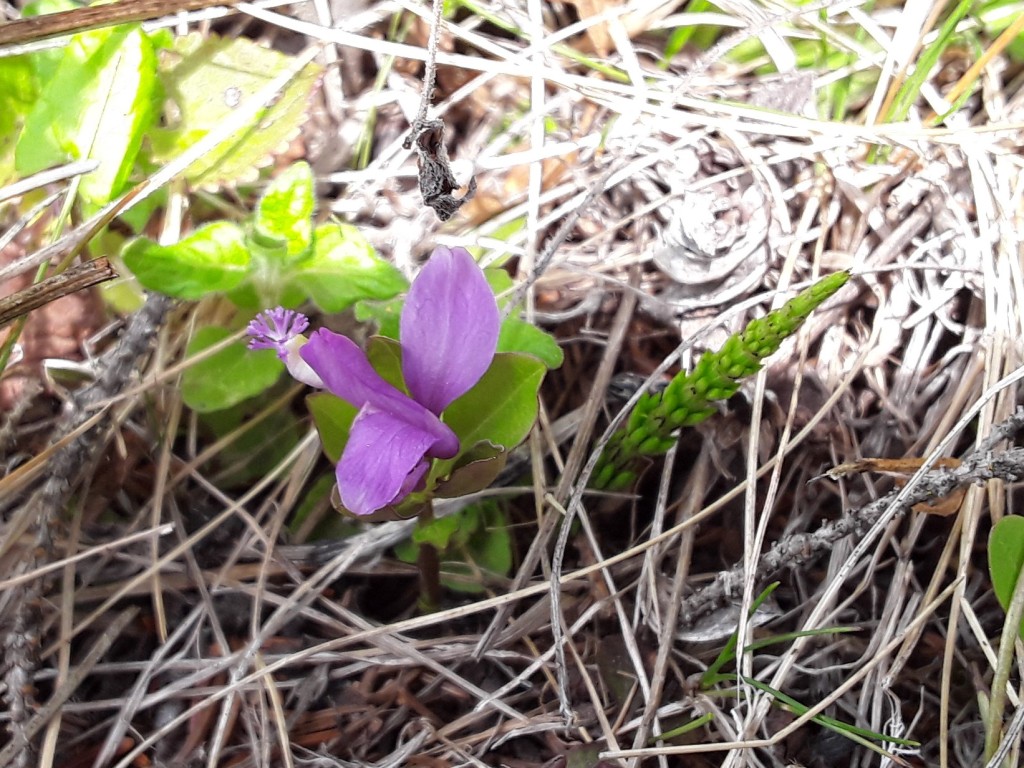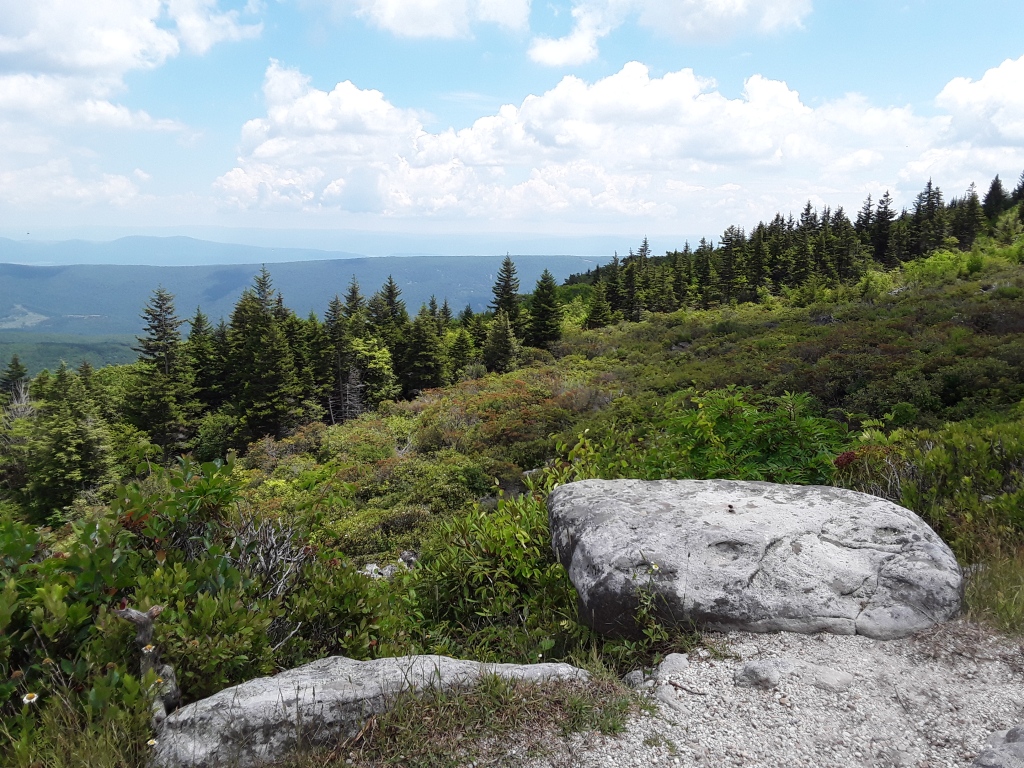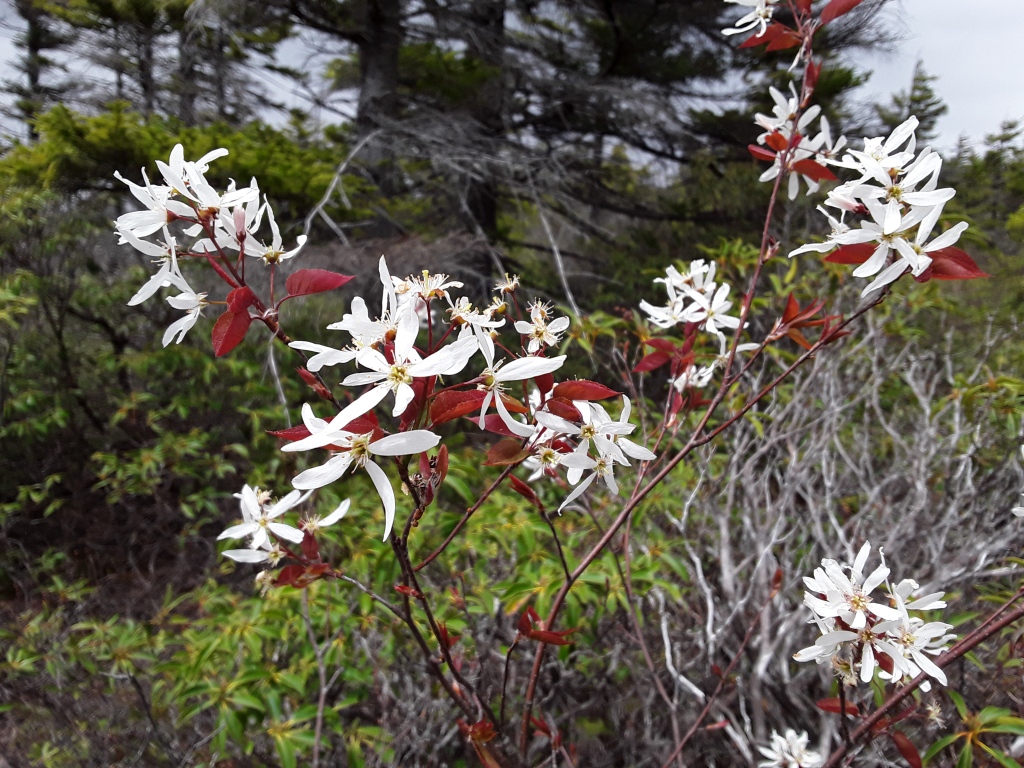Dolly Sods Wilderness, Monongahela National Forest, West Virginia, USA, Wednesday, 12 May 2023

Fringed Polygala or Gaywings (Polygala paucifolia), Dolly Sods Wilderness, Wednesday, 12 May 2023
A tiny discovery.
We were at Dolly Sods because of this year’s predicted Shad bloom (as we have done in previous years), but as usual we stopped at various points along Forest Road 75 to look at the low-growing flowers on the forest floor. I was looking at a patch of wild strawberries (Fragaria virginiana) when this odd little orchid-like flower, shaped a bit like an airplane, caught my eye. They’re obviously not airplanes, and they’re also not orchids. They’re classified as Milkworts (Polygalaceae), and they are clearly an easily missed treasure of the forest.





